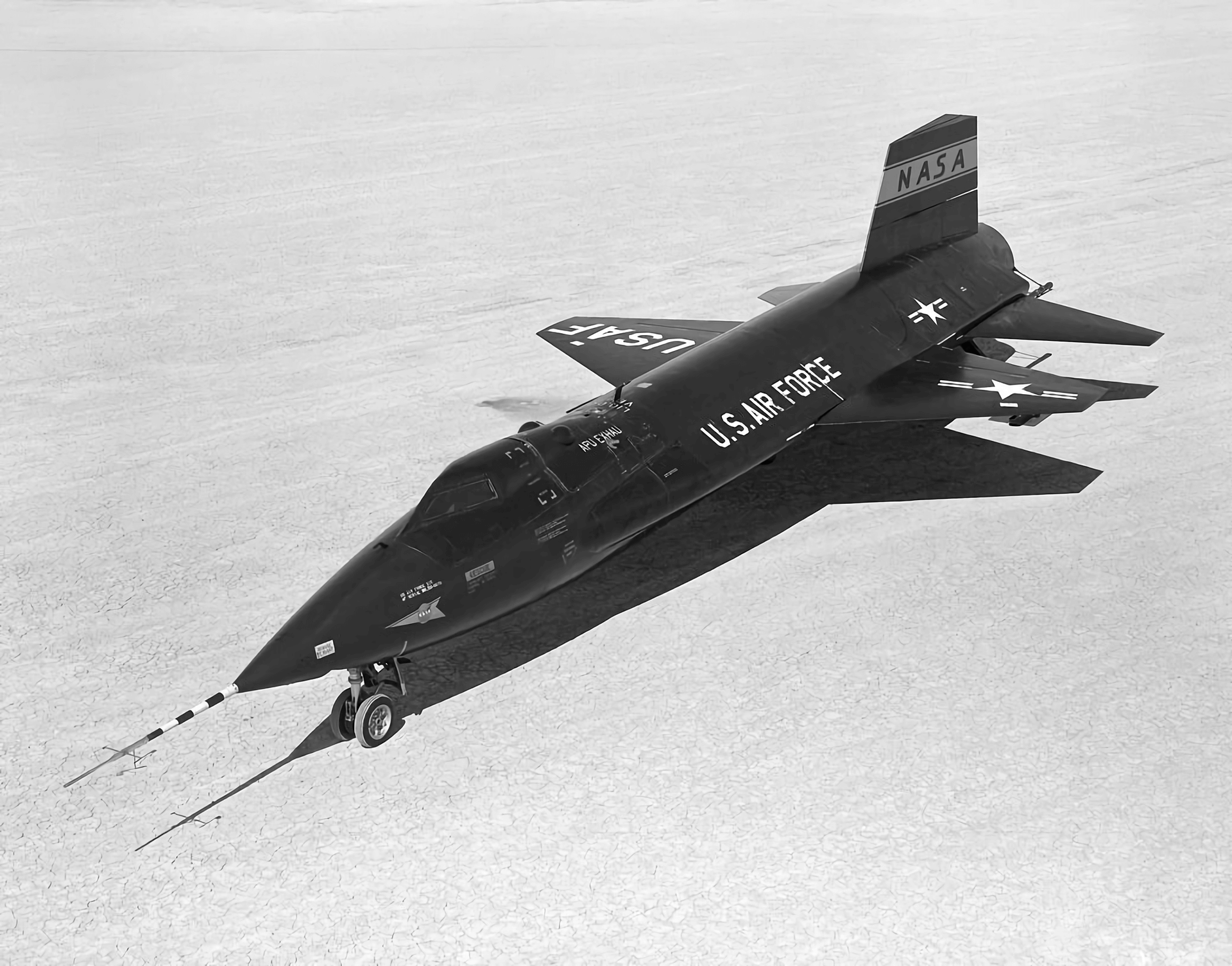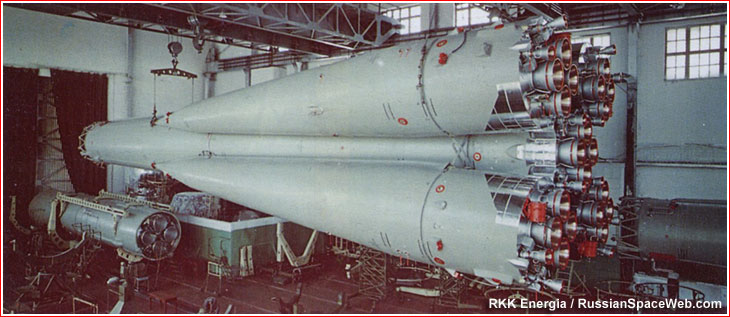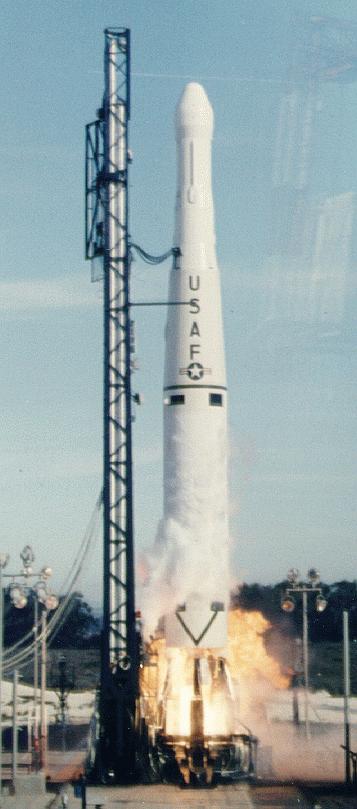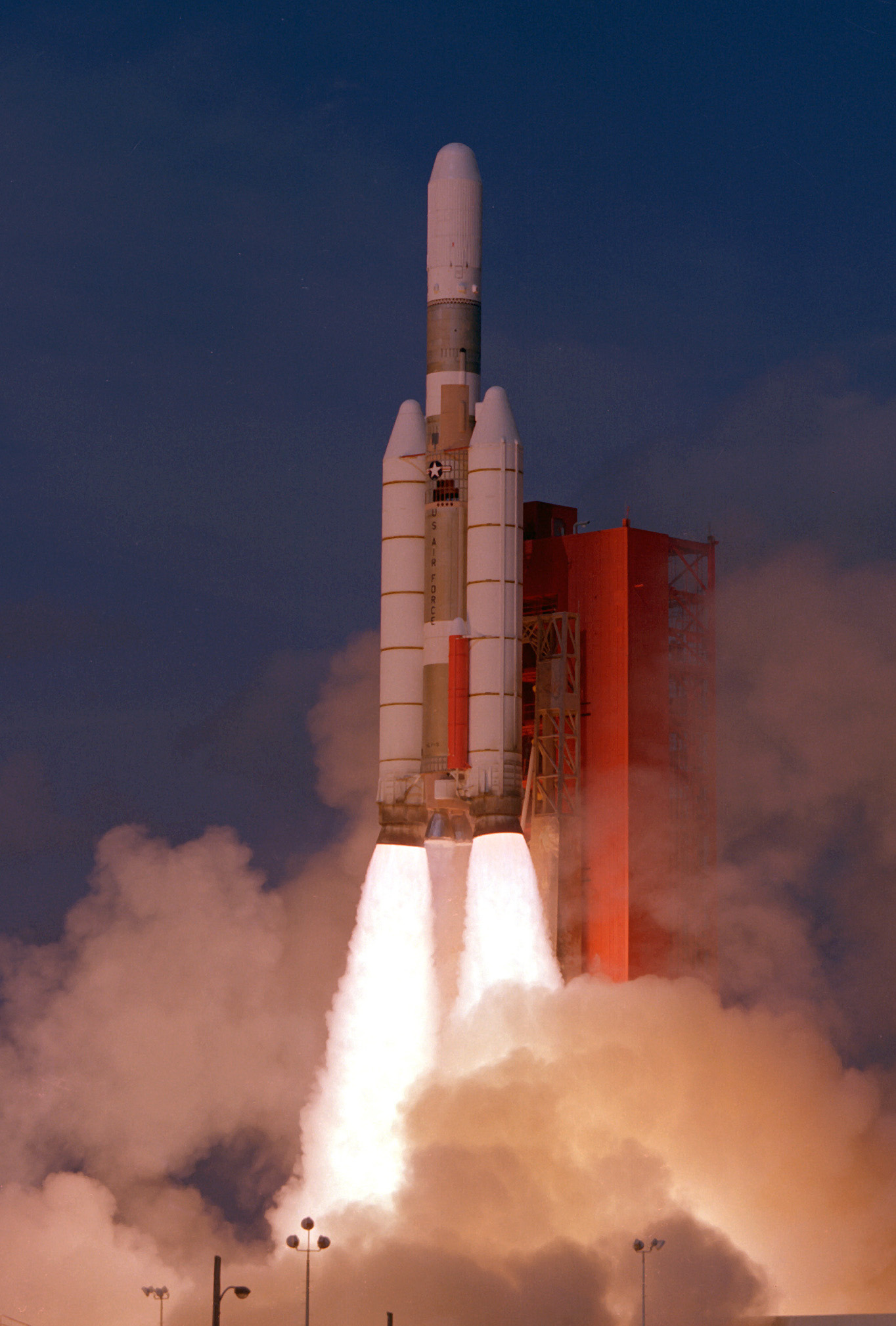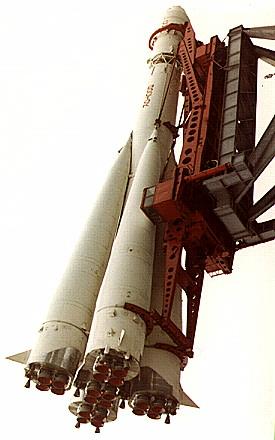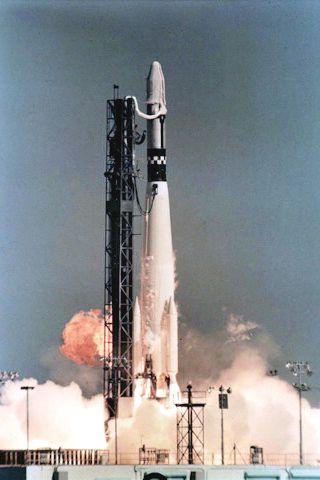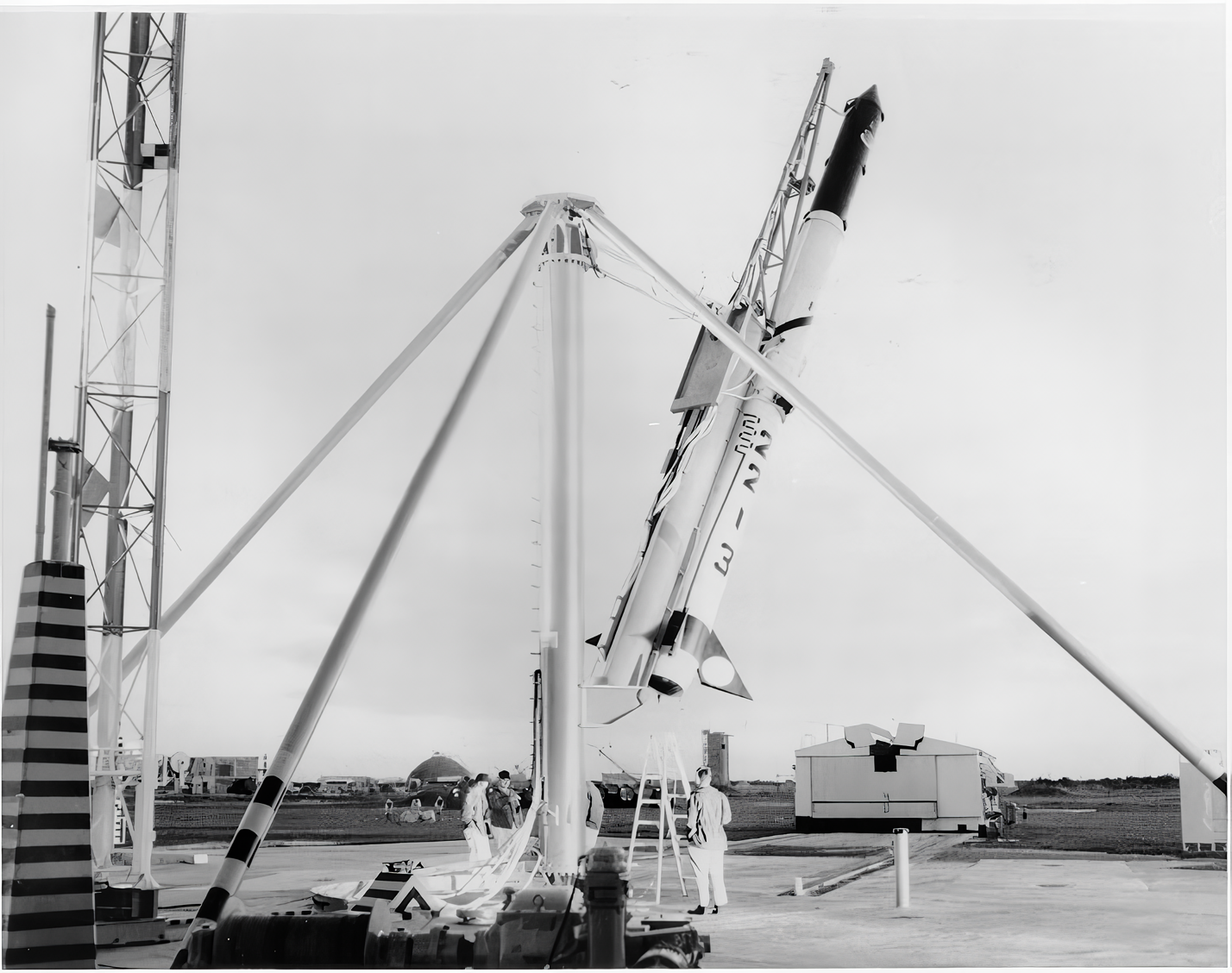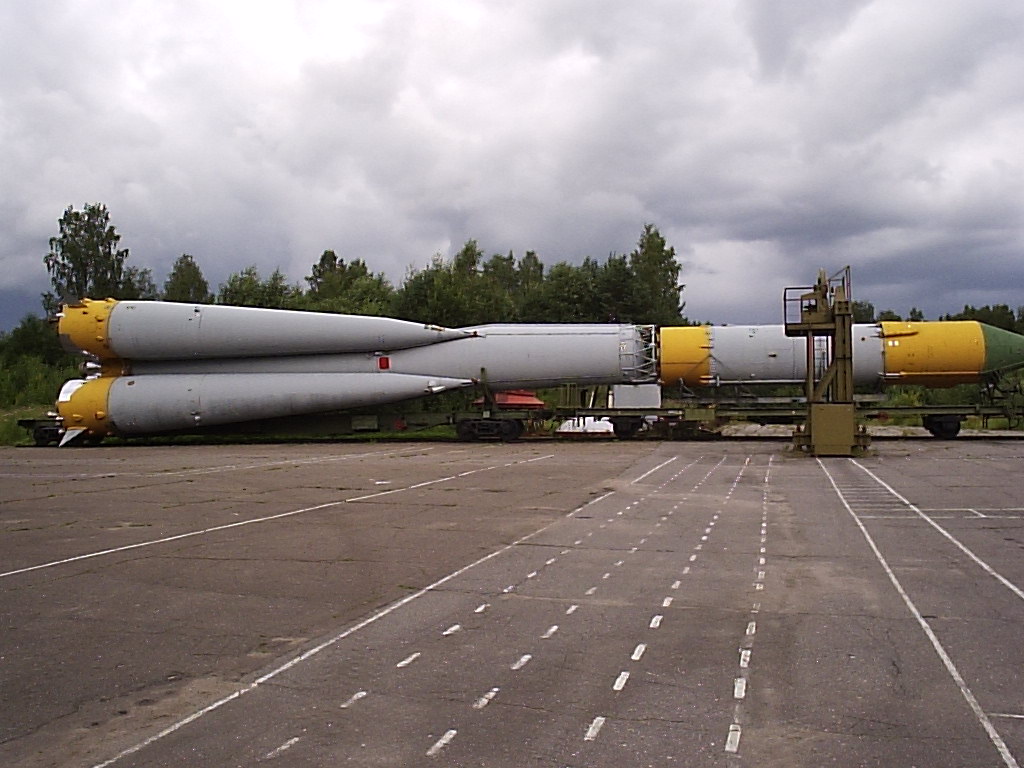Previous Spaceflight Launches
Filter by Agency, Locations or Vehicles
Show All LaunchesThor Delta C | Tiros 10
McDonnell Douglas | United States of AmericaCape Canaveral SFS, FL, USA
July 2, 1965, 4:07 a.m.
X-15 | Flight 138
North American Aviation | United States of AmericaAir launch to Suborbital flight
June 29, 1965, 6:21 p.m.
Atlas SLV-3 Agena D | KH-7 19
Convair | United States of AmericaVandenberg SFB, CA, USA
June 25, 1965, 7:30 p.m.
Status: Launch Successful
Mission:
The Program 206 satellite, carrying the KH-7 (Keyhole 7) camera system (codenamed Gambit-1), was the first successful high resolution space reconnaissance program. It was managed by NRO's Program A, the USAF-led segment of the National Reconnaissance Program managed from Los Angeles AFB in El Segundo, California.
Sun-Synchronous OrbitVoskhod | Zenit-4 8
Soviet Space Program | RussiaBaikonur Cosmodrome, Republic of Kazakhstan
June 25, 1965, 9:45 a.m.
Thor DM-21 Ablestar | Transit-O 4
United States Air Force | United States of AmericaVandenberg SFB, CA, USA
June 24, 1965, 10:35 p.m.
Status: Launch Successful
Mission:
The Transit-O series of satellites that closely followed the design of Transit 5C-1 were also called “Oscars” (Oscar is the phonetic alphabet for “O”, i. e., operational). They were also called NNS (Navy Navigation Satellite) or shortened NavSat.
Polar OrbitTitan IIIC | Transtage 5
Lockheed Martin | United States of AmericaCape Canaveral SFS, FL, USA
June 18, 1965, 2 p.m.
Vostok 8A92 | Zenit-2 28
RKK Energiya | RussiaBaikonur Cosmodrome, Republic of Kazakhstan
June 15, 1965, 9:43 a.m.
Thor SLV-2A Agena D | KH-4A 21
McDonnell Douglas | United States of AmericaVandenberg SFB, CA, USA
June 9, 1965, 9:58 p.m.
Blue Scout Jr | OAR 22-5
Vought | United States of AmericaCape Canaveral SFS, FL, USA
June 9, 1965, 4:26 p.m.
Molniya 8K78 | Luna-6
Strategic Rocket Forces | RussiaBaikonur Cosmodrome, Republic of Kazakhstan
June 8, 1965, 7:40 a.m.

